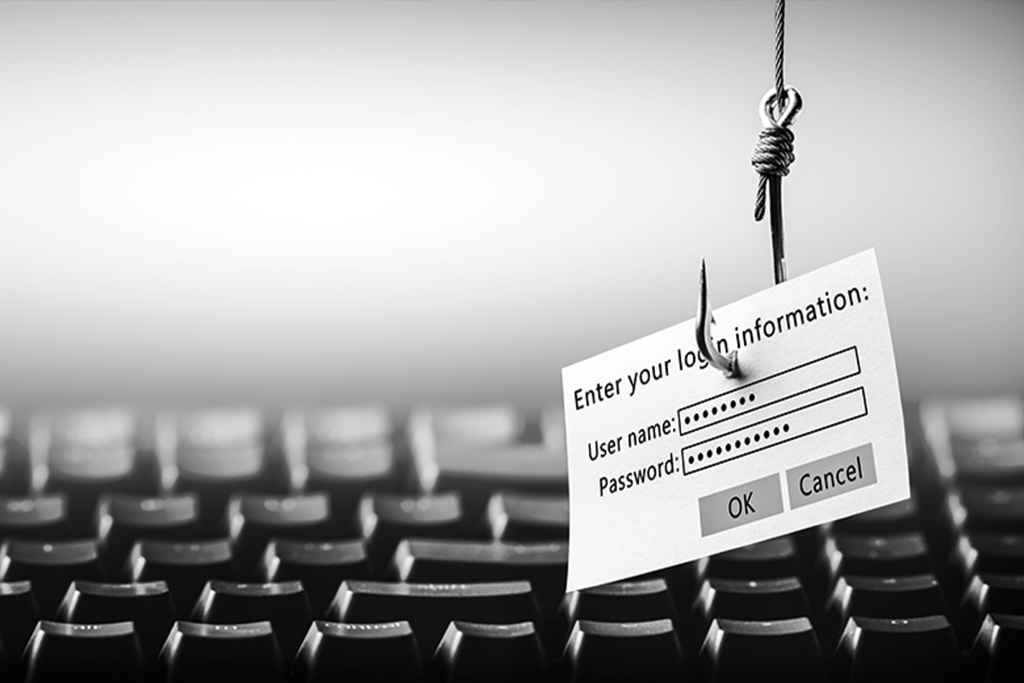In the digital age, phishing attacks have become one of the most prevalent and insidious threats to individuals and organizations alike. Cybercriminals use deceptive tactics to trick unsuspecting victims into divulging sensitive information or clicking on malicious links. In this blog post, we’ll explore what phishing attacks are, how to identify them, and most importantly, how to avoid falling victim to these scams.
Understanding Phishing Attacks
Phishing attacks involve the use of deceptive tactics to trick individuals into taking actions that compromise their security. These attacks often take the form of:
Email Phishing
Cybercriminals send emails that appear legitimate, often imitating trusted organizations or individuals, to trick recipients into clicking on malicious links or providing personal information.
Spear Phishing
A more targeted form of phishing, spear phishing involves crafting highly personalized messages to deceive specific individuals or organizations.
Smishing
This refers to phishing attacks conducted via SMS or text messages, where recipients are encouraged to click on links or call a number.
Vishing
In vishing attacks, scammers use voice communication, typically over the phone, to trick individuals into revealing sensitive information.
Identifying Phishing Attacks
Recognizing phishing attempts is the first step in avoiding them. Here are some key indicators to help you identify phishing attacks:
Generic Greetings: Phishing emails often use generic greetings like “Dear User” or “Hello Customer” instead of addressing recipients by their names.
Suspicious Sender Addresses: Carefully examine the sender’s email address. Phishers may use email addresses that closely resemble legitimate ones but contain small variations or misspellings.
Urgent Language: Phishing emails often use urgent language to create a sense of panic or pressure, such as “Immediate action required” or “Your account will be suspended.”
Unsolicited Attachments or Links: Be cautious of unsolicited attachments or links, especially from unknown sources. Hover over links (without clicking) to see the actual URL.
Misspellings and Grammatical Errors: Phishing emails often contain spelling and grammatical mistakes, which are uncommon in legitimate communications.
Requests for Sensitive Information: Legitimate organizations will never ask for sensitive information like passwords, Social Security numbers, or credit card details via email or text.
Too Good to Be True: If an offer or deal seems too good to be true, it probably is. Phishers often use enticing offers to lure victims.
Avoiding Phishing Attacks
Now that you can identify phishing attempts, here are some best practices for avoiding falling victim to them:
Verify the Sender: If you receive an unexpected email or message, verify the sender’s identity by contacting them directly through official channels (not by replying to the suspicious message).
Use Antivirus and Anti-Phishing Tools: Install reputable antivirus software and use email security features to filter out phishing emails.
Don’t Click, Hover: Hover over links in emails to preview the actual URL. If it doesn’t match the expected website, don’t click it.
Keep Software Up to Date: Regularly update your operating system, web browsers, and antivirus software to patch vulnerabilities that phishers might exploit.
Enable Multi-Factor Authentication (MFA): Enable MFA wherever possible to add an extra layer of security to your accounts.
Educate Yourself and Others: Educate yourself and your colleagues or family members about phishing attacks and share information about the latest phishing trends and tactics.
Report Suspected Phishing: If you receive a phishing attempt, report it to your organization’s IT department, or use email providers’ reporting tools.
Stay Informed: Keep up with cybersecurity news and best practices to stay informed about evolving threats.
Phishing attacks can have devastating consequences, from financial losses to identity theft. By being vigilant, staying informed, and following these best practices, you can protect yourself and your organization from falling victim to phishing scams. Remember, the best defense against phishing is a well-informed and cautious user.






